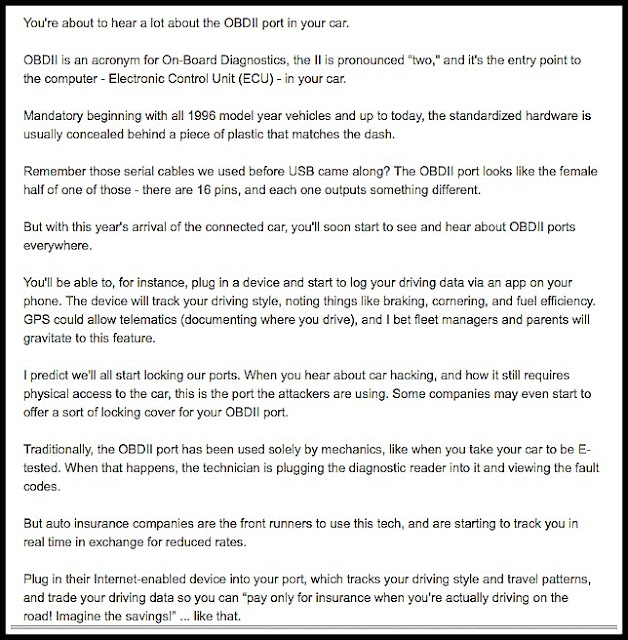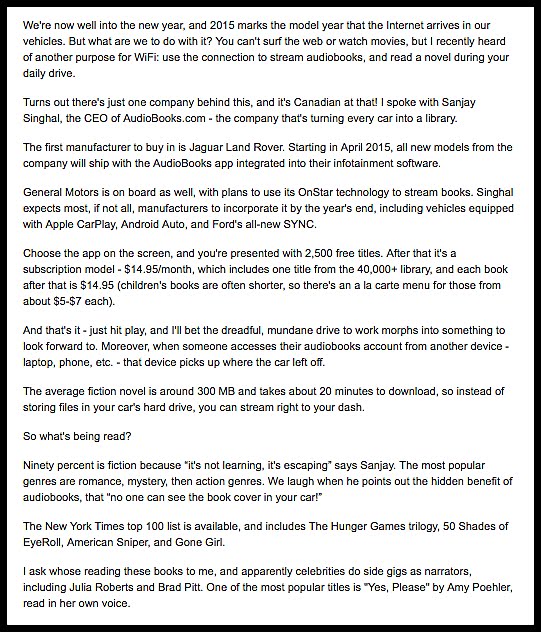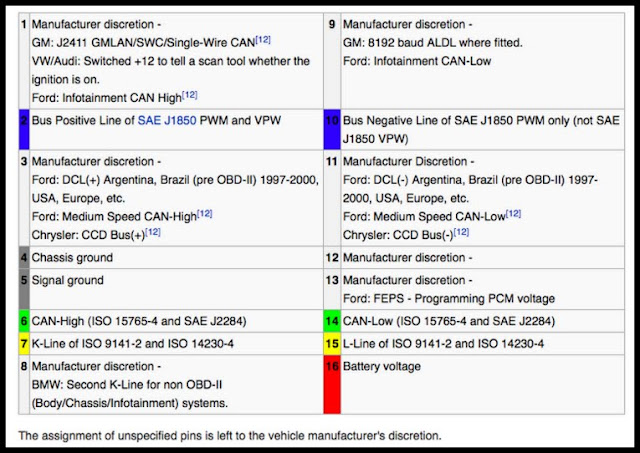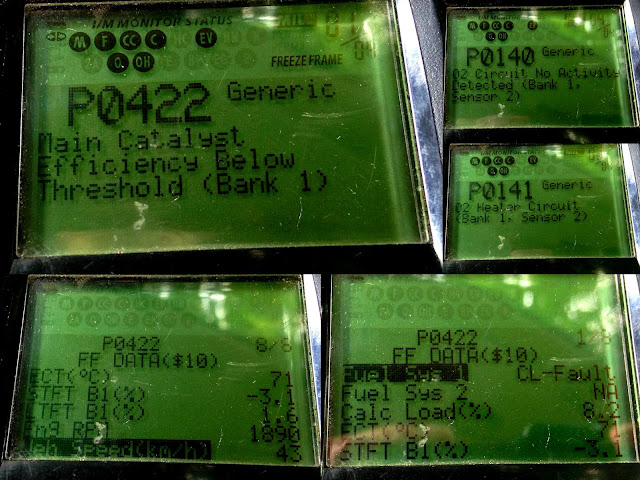General Motors, and especially Chevy, is at the forefront of bringing 4G LTE internet into dashboards (learn more in this column.)
While other automakers are starting to offer this feature, most put the WiFi settings within the infotainment system’s Settings area.
Chevy’s way to connect is a bit different.
Use OnStar to access the WiFi settings.
On rearview mirror > press OnStar button > say “WiFi Settings” > settings appear on dash screen >
follow instructions
Here’s the OnStar site
Found in a 2016 Chevy Trax.
Security Reminder:
Connecting a car comes with a responsibility – never connect your car to public WiFi, and you are legally responsible for passengers Hotspotting off your car’s connection.









